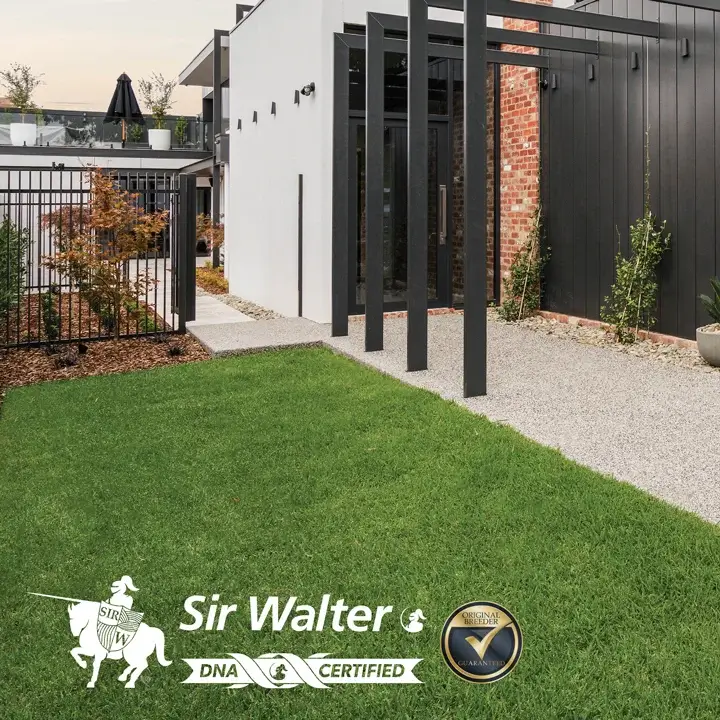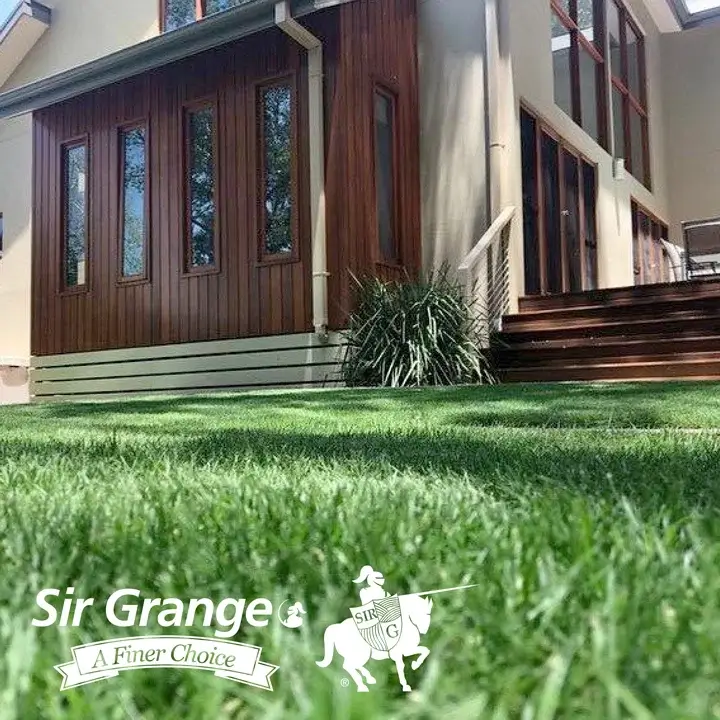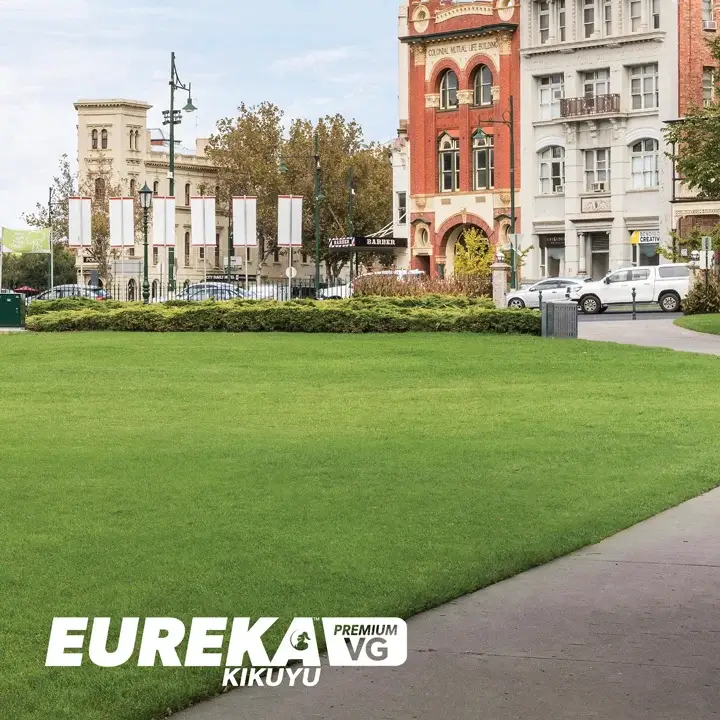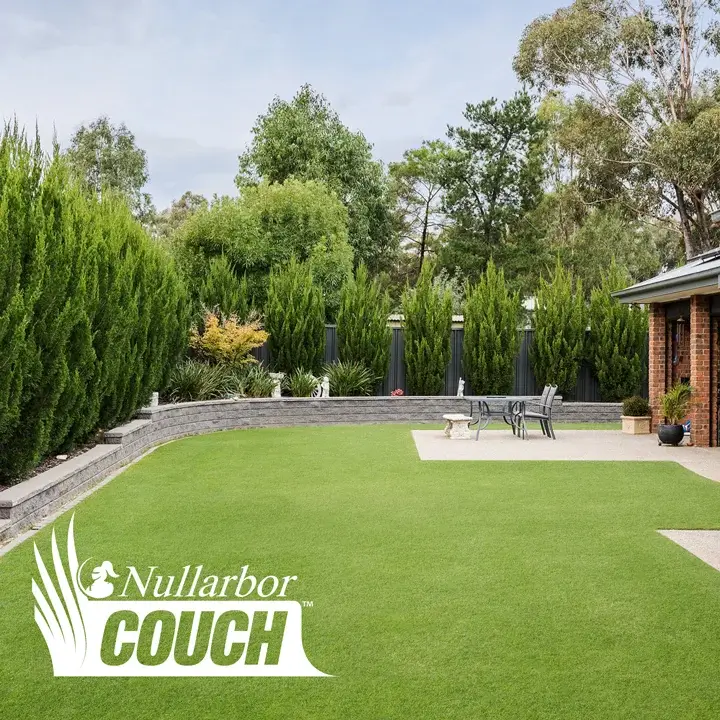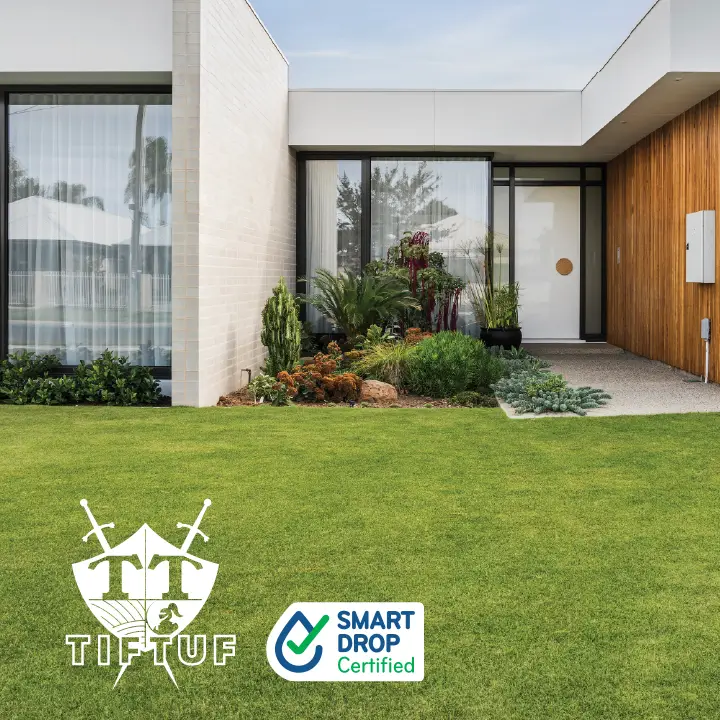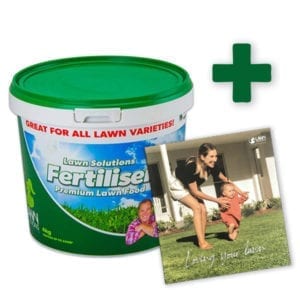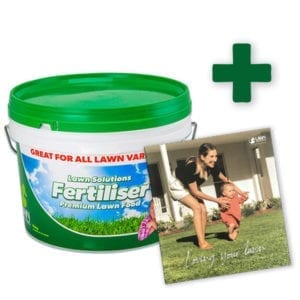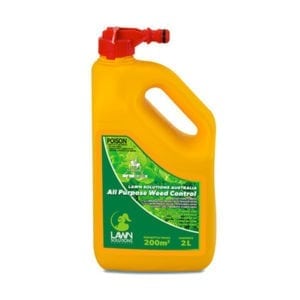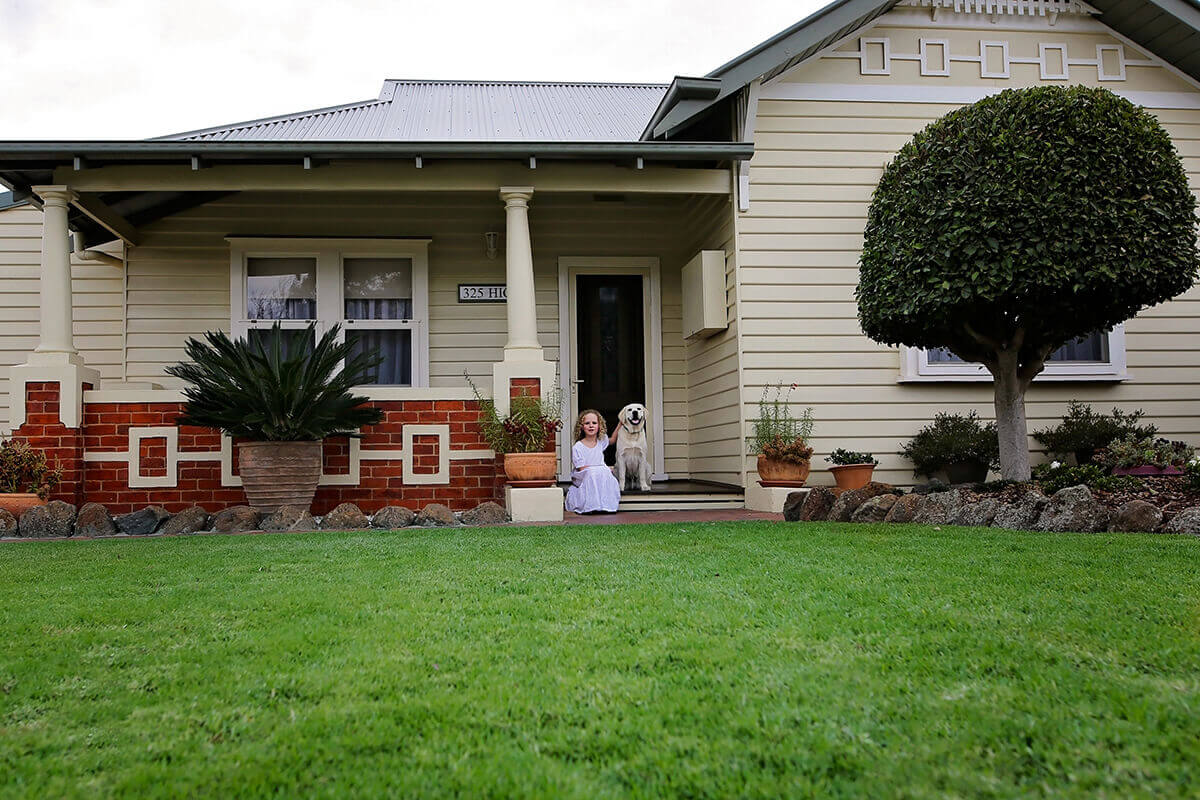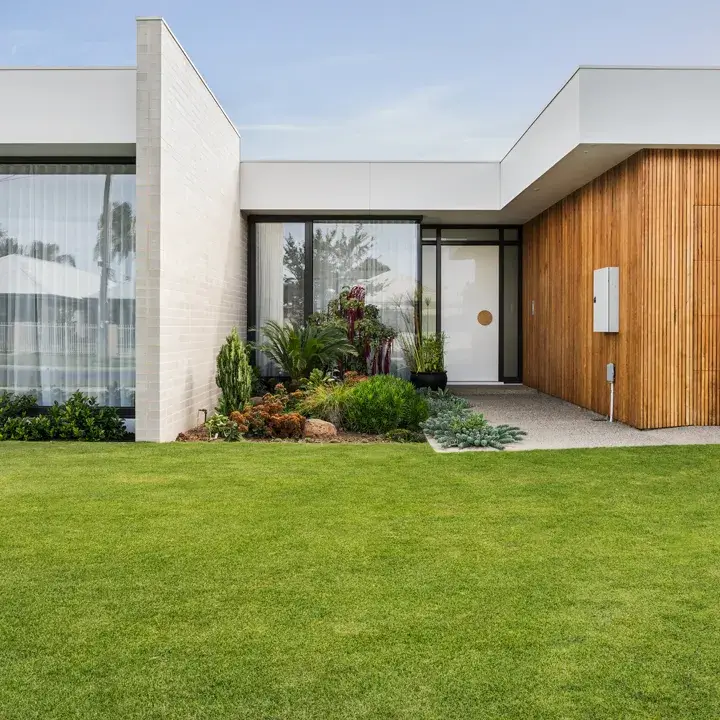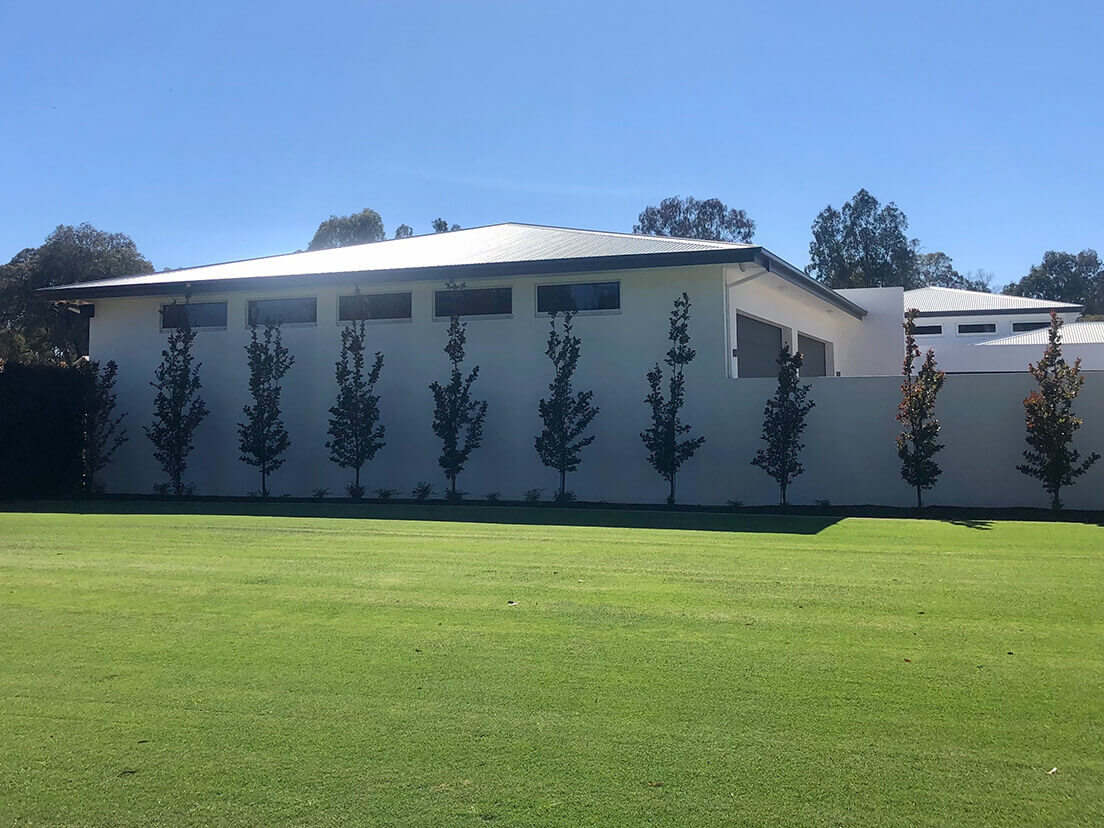Each situation will differ according to the type of soil you are working with. The best lawns are all about the best preparation – this is a critical step to ensuring a longer-term healthy lawn.
We recommend you do not lay turf on top of any existing grass to avoid any future weed problems, therefore, it is advisable to spray out existing grass using roundup or a similar product, then remove it from the site.
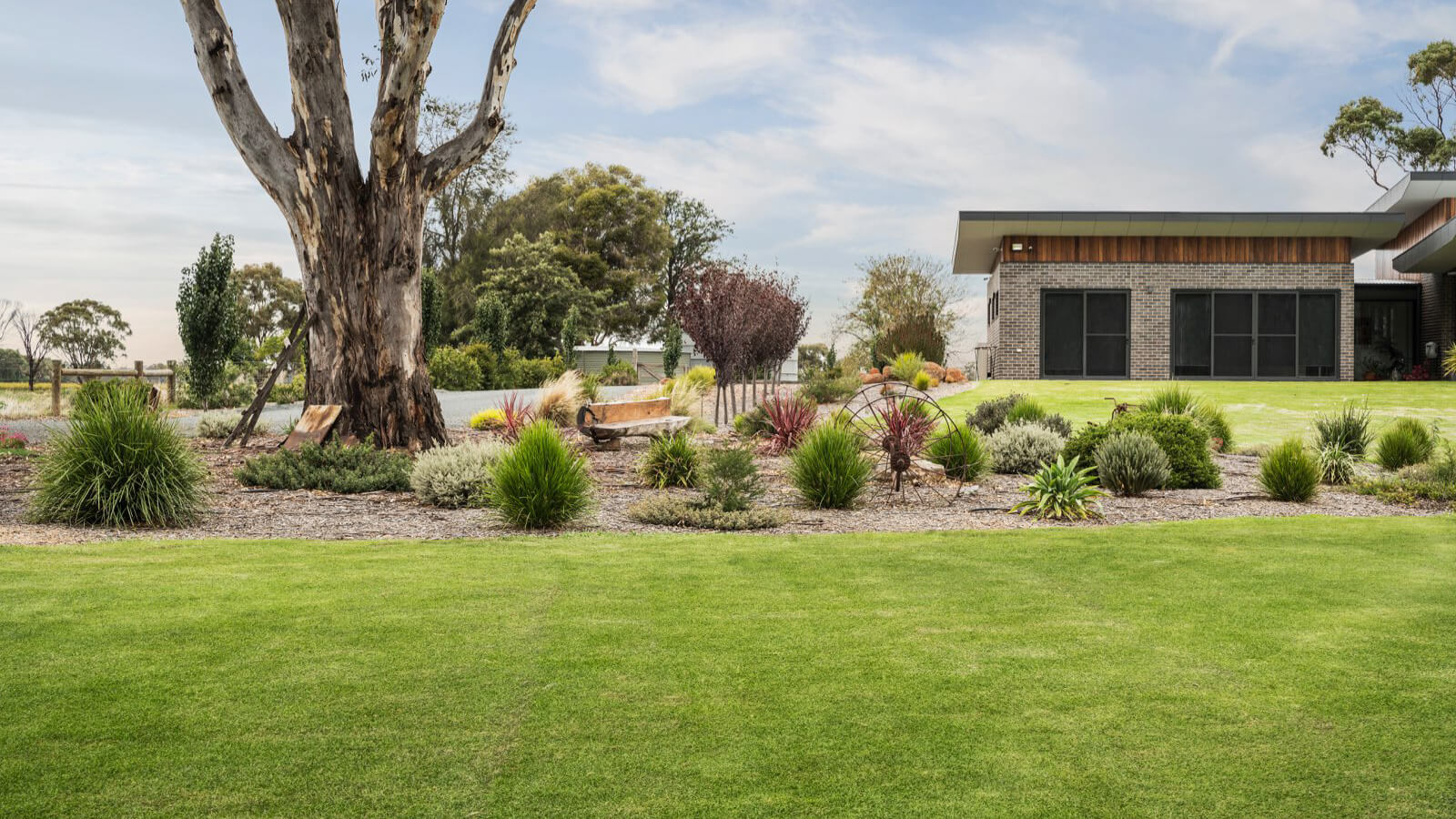
If you were planning to lay your turf on a clay, or hard surface, it would be recommended that you rotary hoe or till the soil to a depth of 100mm to make the surface more workable and help with plant root initiation.
Applications of gypsum may help improve hard clay soils. If your site already has a good base of topsoil, you may just need to rotary hoe the area to the same depth (100mm-150mm) and smooth or shape the finished surface. If you have minimal topsoil onsite, you will need to import a quality turf underlay (sandy garden loam) from your local sand and soil garden centre.
We recommend your finished surface sit approximately 25mm – 30mm below concrete paths, or garden edges for Couch and Eureka Kikuyu varieties. If you are installing Sir Walter DNA Certified Buffalo, you will need to leave a 40mm gap below your edge.
You may choose to check your soil pH is maintained at a neutral mark of approx. 7 to ensure the essential nutrients are available. pH testing kits are available at most nurseries.
Applications of pelletised fowl manure eg. dynamic lifter or a similar product, applied to your prepared surface at 20kg/100m2 will help with initial soil moisture retention while also providing an effective slow release fertiliser.
Please check related information about:
ColourGuard lawn paint | Webisodes | Seasonal lawn care | Lawn mowing | Lawn Fertilising | Lawn irrigation | Weed Identification | Lawn without water | Lawn FAQ’s

